Not every vegetable loves to bask in full sunshine all day long. In fact, some of the tastiest and easiest veggies to grow actually thrive in partial shade or dappled light—and too much sun can even slow them down. If you have a garden, balcony, or backyard that doesn’t get those perfect six to eight hours of direct sun, you’re not out of luck. You’re in luck.
These 15 shade-tolerant vegetables are your best allies for growing food in less-than-perfect light. They’re ideal for spots under trees, along fences, beside buildings, or even indoors near a north-facing window. Some grow faster with a bit of cover, and others develop deeper flavor and better texture when kept cool and shaded.
So don’t waste time forcing sun-loving plants where they won’t thrive. Instead, plant smart with crops that appreciate the shade and reward you with lush greens, crisp stems, and tender harvests. These vegetables prefer a break from the heat—and they’ll make you look like a gardening genius for knowing it.
Spinach
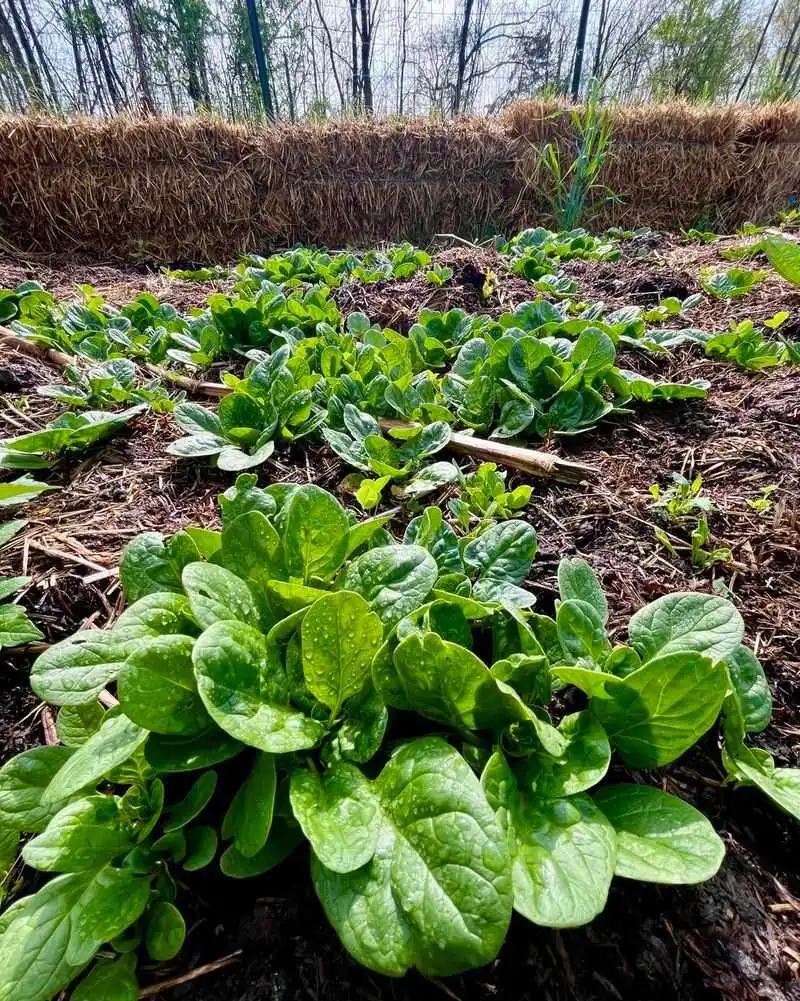
Spinach, the leafy green powerhouse, embodies resilience in dimly-lit spaces. Known for its rich iron content, it flourishes in cooler, shaded environments where its leaves remain tender and lush. Unlike sun-loving counterparts, spinach’s growth thrives away from blistering heat, maintaining its delicate texture. Whether tossed in salads or cooked, its vibrant green hue and subtle flavor enhance various dishes. A garden bed with partial shade provides the perfect sanctuary for this nutritious gem, ensuring a steady supply throughout cooler seasons. Spinach seeds sown in early spring or late summer yield optimal results.
Lettuce

Lettuce, often seen as a salad staple, prefers the gentle embrace of shade to grow crisp and tender. Its leaves, whether romaine, butterhead, or leaf variety, thrive without direct sunlight, avoiding the bitterness that heat can induce. This cool-weather crop flourishes in early spring and autumn, offering fresh salad greens long after summer’s end. Planting lettuce in shaded areas ensures a continuous harvest of lush leaves. Consider mixing different types for a vibrant palette of colors and textures, enhancing both visual and culinary appeal in your garden.
Kale
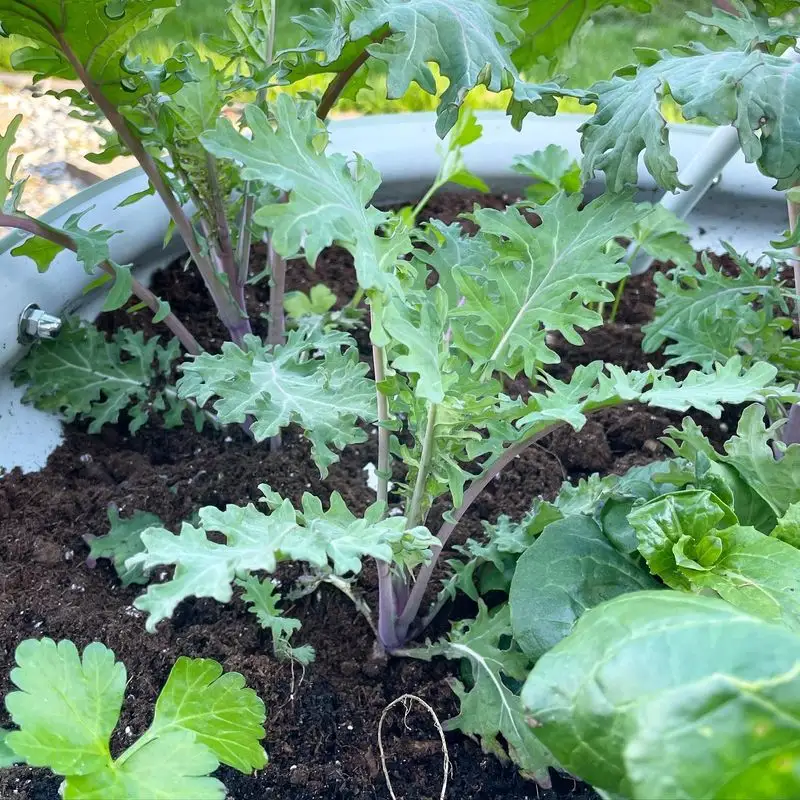
Kale, celebrated for its nutritional profile, is surprisingly shade-tolerant, making it a versatile addition to any garden. Its hearty leaves are packed with vitamins and antioxidants, flourishing in environments with limited sunlight. Partial shade encourages slower growth, which can improve flavor, reducing the bitterness often associated with kale. Planting kale in shaded spots offers a harvest extending into cooler months when the leaves sweeten after frost. This leafy green’s resilience makes it an ideal candidate for less sunny garden patches.
Arugula

Arugula, with its peppery bite, thrives under the subdued light of shaded areas. This fast-growing green benefits from cooler temperatures, which preserve its delicate flavor and prevent bolting. Shaded spots ensure a longer harvest period, making arugula a reliable choice for gardeners seeking continual yield. Its distinct taste enhances salads, sandwiches, and garnishes, adding a spicy twist. Sowing arugula seeds in succession every few weeks secures a steady supply, and its quick growth makes it a satisfying option for those eager to see results.
Cilantro
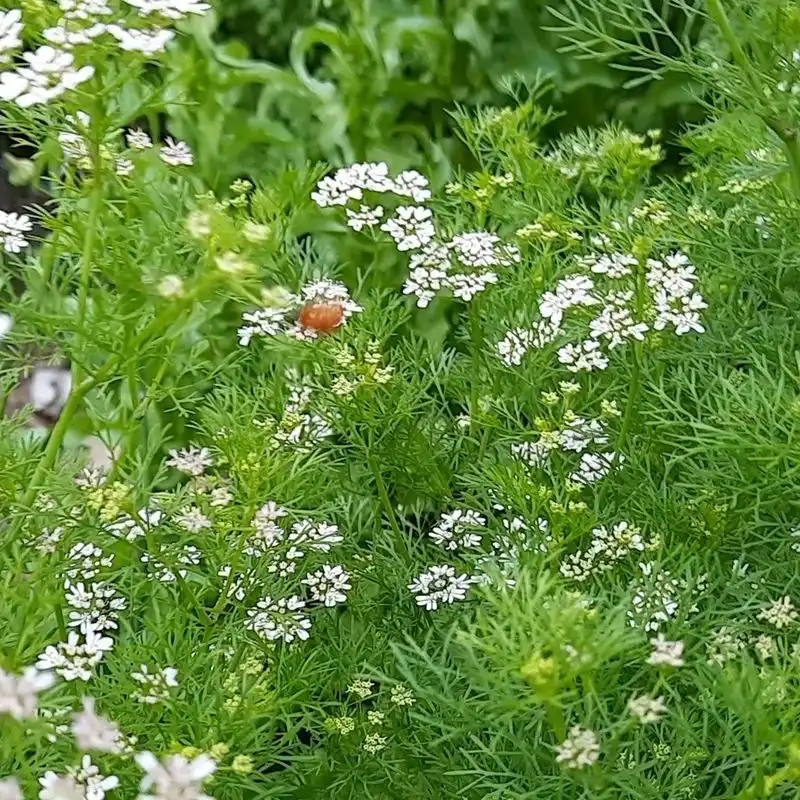
Cilantro, adored for its aromatic leaves, finds solace in the shade, where it grows lush and fragrant. Shady conditions prevent the plant from bolting, extending its life and usability in the kitchen. Ideal for cooler seasons, cilantro’s delicate leaves capture the essence of freshness, perfect for garnishing salsas and dishes. Regular harvesting encourages bushier growth and prolongs the plant’s productivity. For best results, sow seeds in partial shade and enjoy the continuous supply of this versatile herb throughout the growing season.
Swiss Chard

Swiss Chard, with its rainbow of stalks, is a showstopper in any shaded garden. This leafy green thrives away from direct sunlight, producing tender leaves and colorful stems. Its tolerance to shade makes it perfect for cooler climates, extending the growing season. Rich in vitamins and minerals, Swiss chard adds nutritional value to meals, while its visually striking appearance enhances garden aesthetics. Regular harvesting encourages more growth, offering a continual supply of fresh greens. Plant in well-drained soil with some organic matter for the best results.
Broccoli
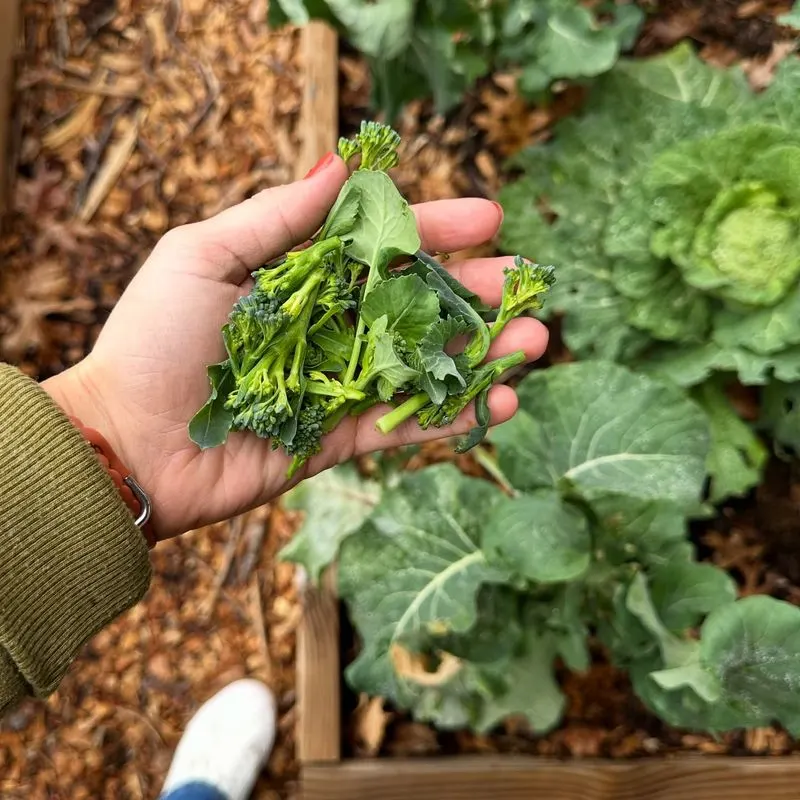
Broccoli, known for its nutrient-rich florets, surprisingly enjoys a bit of shade, allowing it to mature slowly and develop a sweeter taste. The cooler environment reduces stress on the plant, minimizing the risk of bolting. Shaded gardens provide an ideal backdrop, especially during warm seasons, to cultivate robust broccoli heads. Plant in early spring or fall for optimal growth, as cooler temperatures enhance flavor. Regular watering and mulching help retain moisture, ensuring a bountiful harvest of this cruciferous favorite.
Peas

Peas, with their climbing vines, relish cooler, shaded spots where they can grow steadily without the harsh glare of direct sun. These legumes benefit from the support of trellises, which help manage their sprawling nature and maximize space. Shaded environments allow peas to maintain their sweetness and tenderness, perfect for fresh picking. Early spring is the ideal time to plant, with continuous harvesting encouraging new growth. Whether shelling, snow, or snap peas, these greens thrive with minimal sunlight, offering a rewarding garden experience.
Beets
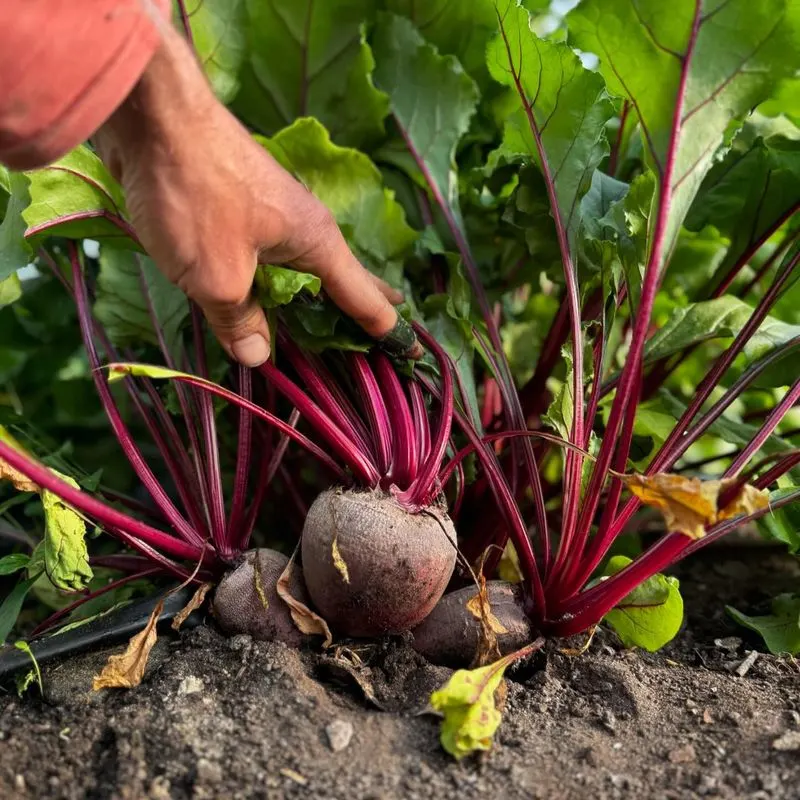
Beets, with their earthy flavor and vibrant color, can happily grow in shaded areas where full sun is sparse. The tops flourish in gentle light, providing nutritious greens, while the roots develop slowly, enhancing sweetness. A cooler environment helps maintain the tender texture of both roots and greens, making beets a versatile choice for varied garden spaces. Plant beet seeds in early spring or late summer for the best yield. The dual harvest of leaves and roots makes beets a valuable, space-efficient crop for shaded gardens.
Parsley
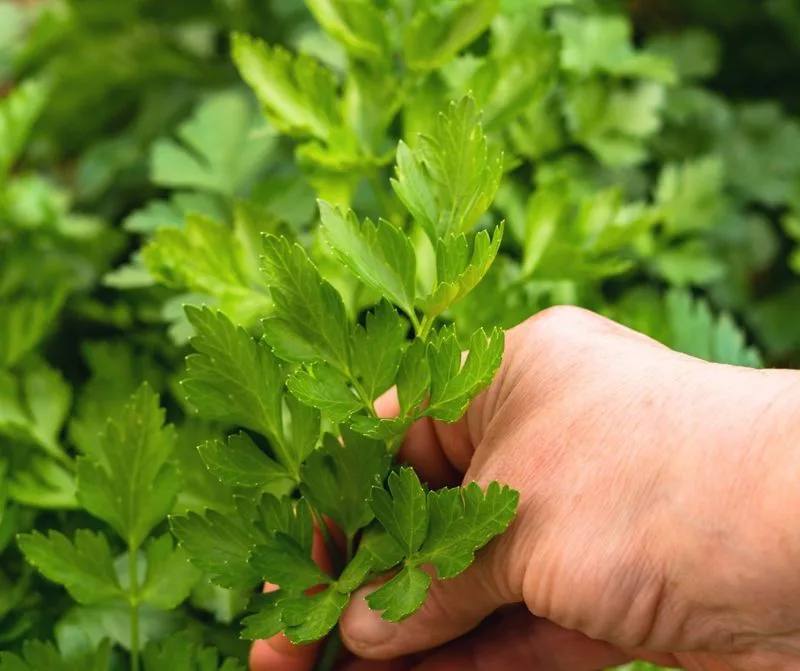
Parsley, often used as a garnish, finds its strength in shade-filled nooks of the garden. This biennial herb maintains its verdant appearance and flavor when shielded from direct sun. Shaded spots provide the perfect balance of light and moisture, reducing the risk of scorching. Parsley’s ability to thrive in cooler climates makes it a staple in herb gardens, offering continual harvests. Its fresh, vibrant leaves can elevate the flavor of soups, stews, and salads. Plant in well-drained soil to ensure healthy growth throughout the seasons.
Mint

Mint, with its invigorating aroma, thrives in shade where its growth remains robust and its leaves lush. This hardy herb prefers the cooler, moist conditions that shaded areas provide, reducing the risk of wilting. Mint’s aggressive nature means it can quickly overtake garden spaces, so consider container planting to manage its spread. Enjoy fresh mint leaves in teas, desserts, or as a garnish, enjoying the continuous harvest it offers. Its resilience and adaptability make mint a staple for both seasoned and novice gardeners alike.
Carrots
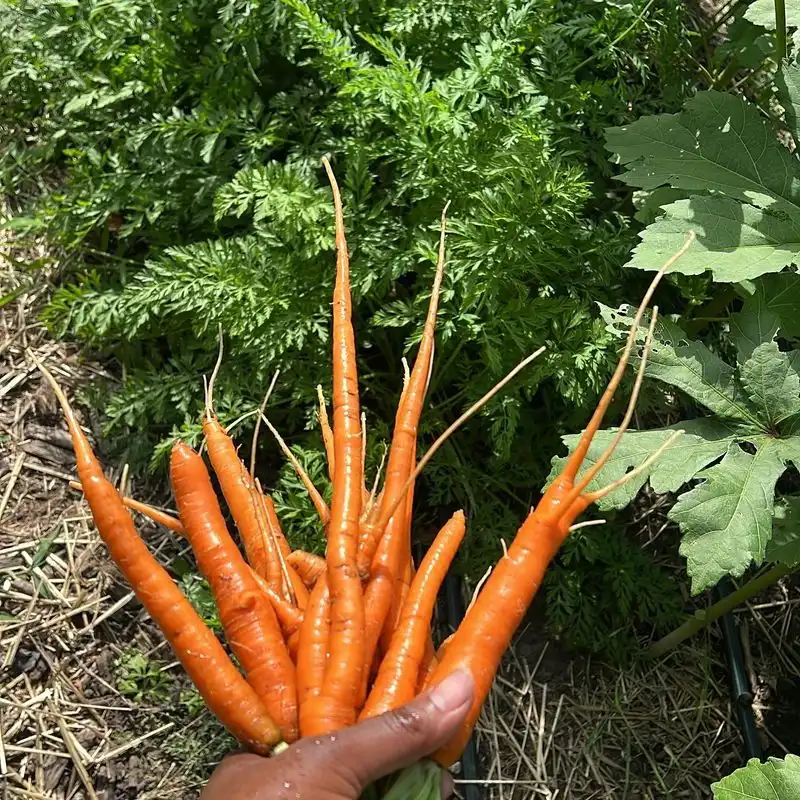
Carrots, often associated with bright sunlight, can surprisingly thrive in shaded gardens. The cooler environment helps maintain the sweetness and crunch of the roots while preventing premature bolting. Carrot tops flourish with moderate light, supporting the development of healthy roots beneath. Planting them in shaded areas provides a longer growing season, ensuring tender and juicy harvests. Sow seeds directly into the soil in early spring or late summer for the best results. Carrots’ adaptability makes them suitable for various garden setups.
Radishes

Radishes, with their spicy crunch, are quick to mature and favor the cooler, gentle light provided by shaded garden spots. This root vegetable enjoys the protection from extreme sun, which helps maintain its tangy flavor and crisp texture. Plant radishes in succession for a continuous harvest, appreciating how swiftly they move from seed to table. Shaded environments help prevent radishes from becoming too woody or hot. Their fast-growing nature makes them ideal for gardeners seeking quick and satisfying results.
Leeks
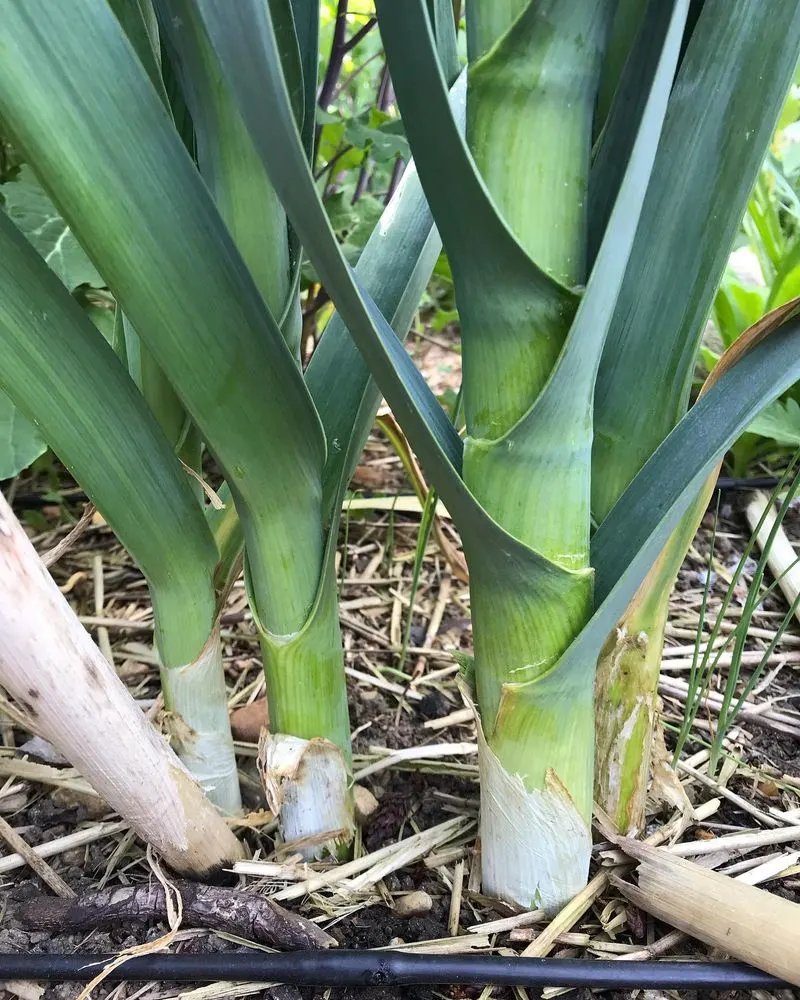
Leeks, with their subtle onion flavor, prefer the milder conditions that shade provides, allowing them to develop tender stalks. These alliums benefit from the steady moisture and cooler temperatures of shaded gardens, which help avoid bolting. Leeks are best planted in early spring or late summer, offering a long harvest period into cooler months. Their versatility in the kitchen, from soups to stews, makes them a valuable addition to any gardener’s repertoire. Enjoy the delicate, mild taste that shade-grown leeks provide.
Chard
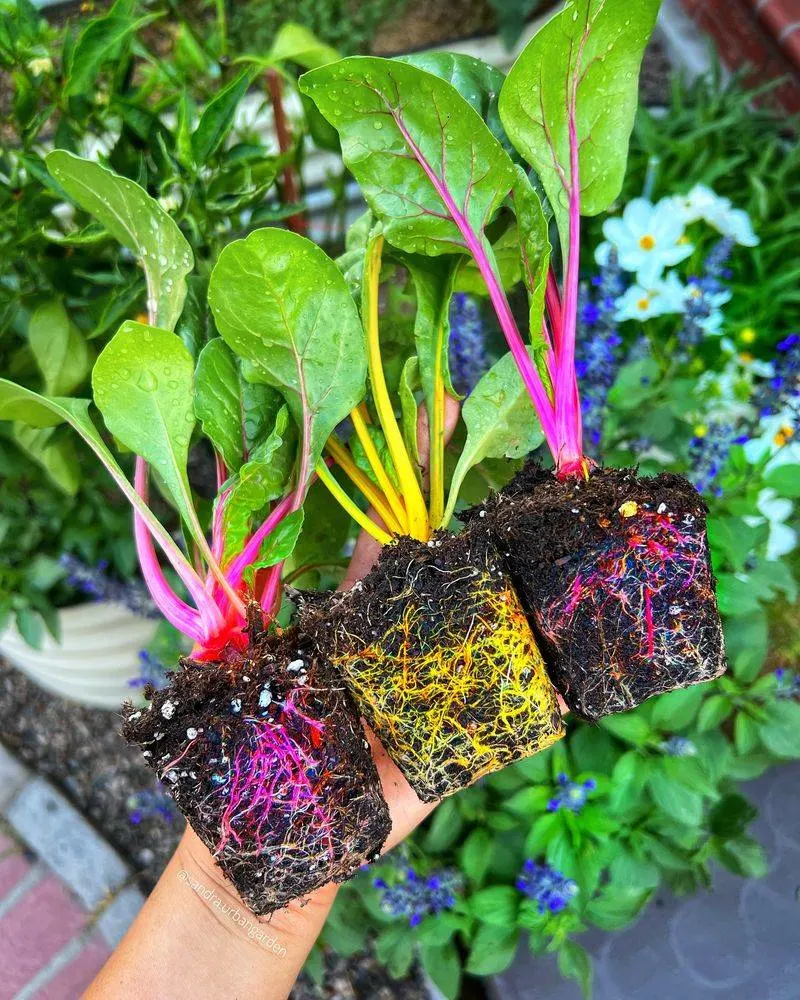
Chard, a cousin of beets, boasts vibrant stems and dark leaves that thrive in the shade. Its ability to grow in cooler, less sunny environments ensures a consistent supply of fresh greens throughout the season. The shade helps maintain its tender texture, making it a favorite among gardeners. Regular harvesting promotes continual growth, providing ample leaves for cooking or salads. Rich in nutrients and visually striking, chard enhances both garden aesthetics and culinary endeavors. Plant in well-drained soil with organic matter for robust growth.

